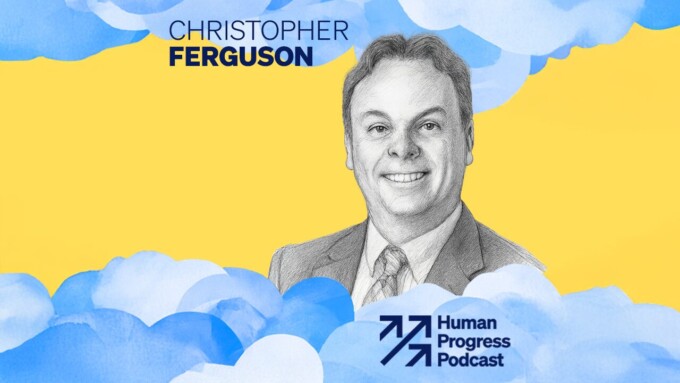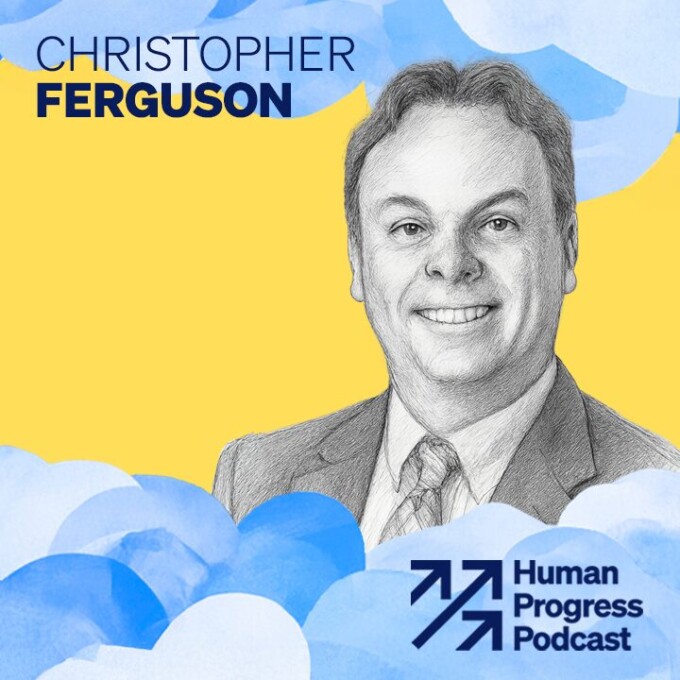Summary: Many Americans are pessimistic about their future and believe that life will get worse. However, this narrative does not match the economic reality of the country, which is doing well by most measures. This article challenges the common perception of American decline and shows how the United States remains a prosperous and innovative nation with many opportunities for growth.
The United States is doing quite well. You wouldn’t know it if you read the headlines, listened to the bombastic political disputes, or even asked Americans.
In a March poll, a majority of Americans had low confidence that life would be better for their children. A CNN poll published in April showed that less than a third of respondents would call economic conditions good. A McKinsey survey released in December fully captured the negative sentiment, with pessimism cut across all income groups and demographics: “Americans are feeling opportunity slipping away.”
In stark contrast, The Economist in April ran a cover story in a diametrically different flavor, pointing to all the good things happening in America.
Yes, you read that right. In between the bank collapses, looming recession, runaway national debt, culture wars, political sandbox, Trump obsession in both political camps, shootings, opioid epidemic, runaway costs for food and health care, millions of men out of the labor force, fears of nuclear conflict, etc., there are fundamentally good things going on.
The magazine’s editors and contributors aren’t trying to brush over the troubles—in slanted whataboutism or the style of the “everything is fine” meme (a carefree dog in a room engulfed in flames). Rather, they are trying to balance the overharsh thrashing that American life, economy, and society have endured recently.
One strategy used by those of us trained in history to trivialize the present is to look back far enough. Compared to the miserable toil and pain that was most of humanity’s plight until recently, our present ills look quaint. Striving to get work-life balance right? Struggling to make ends meet? Energy bill unusually large this year? Try having three failed harvests in a row, starving to the point that you boil the leather off your shoes for evening soup; watch nature take most of your children; or huddle together for shared body heat since there is precious little fuel to stave off the winter cold.
The list of ills troubling Americans in 2023 is astonishingly long and of a different kind altogether. But in strictly economic terms, it’s much harder to see what millions of Americans are so pessimistic about. U.S. unemployment is around record-low levels. Real earnings, while they’ve come down from the recent years’ pandemic-infused turbulence, are on par with pre-pandemic levels, noticeably higher than ever before.

Inflation—a nominal rather than real metric that worries households much more than it does economists—is also coming down. The U.S. economy, as a share of the G7—an international grouping of the United States and seven other rich economies—is larger than it was 30 years ago. “Adjusted for purchasing power, only those in über-rich petrostates and financial hubs enjoy a higher income per person,” concludes The Economist. The poorest states in the United States are on par with the richest European countries.
The stylized facts about U.S. and European economies—found in economics textbooks or old social policy reports—used to be that Americans work harder and longer for higher income, but Europeans live better lives with better social safety nets. These days even that seems to be changing, as the U.S. welfare state is approaching European levels both in comprehensiveness and total spending. Richer Americans spend more of their resources, public and private, on social ills. According to Organisation for Economic Co-operation and Development statistics, government social spending (as a share of gross domestic product) is above Australia, Iceland, and Norway, trailing “socialist” Sweden and Canada only by a few percentage points. (America is second only to France when adjusting for “net” social spending that includes private spending and tax breaks for social purposes.)
The demographic problem hopelessly plaguing many other countries is much smaller in America, which has “a younger population and a higher fertility rate than other rich countries.”
Americans still work more hours than most Europeans or Japanese, and the hours they put in are, on average, more valuable than those of labor forces elsewhere. Despite millions of (mostly) men making a beeline for the labor market exits, the United States has proportionately added more workers this century than its peers. Still, the number of prime-age American men out of work is rising and is higher than in most European countries. Some reasons men aren’t working include opioids, manufacturing decline, mental illness, and defective care for returning soldiers. They indicate that despite the nation’s economic success, not all is well.
The United States has deeper financial markets, issues the world’s preferred money, has more funds available for venture capital, and fewer rigid labor laws, which allows its world-class managers to hire and fire at need. It is home to the best universities, which still attract the smartest minds from across the world, and dominates innovation; the Silicon Valley powerhouse unquestionably upped Americans’ productivity in the 2010s, its recent spout with banking failures and Californian exodus aside.
How to account for this negativity bias? One gut-fueled answer is that the numbers are wrong. The stats showing the marvels of the U.S. economy just aren’t correct—think mismeasurement or corrupt statisticians. Another is that recent bias clouds our judgment: we forget the pains of the “good old days” and romanticize how glorious they really were. There is always something bad somewhere that we can hone in on and conclude that, therefore, things are going in the wrong direction. Bad things happening in front of one’s eyes or slapped on newspaper headlines can overshadow the gradual improvement of most things going well or moving in the right direction.
Monetary economists often talk about “money illusion,” where sticker shocks at the store give us the impression that we are poorer simply because the numbers are bigger—even if our wages kept pace with inflation or even exceeded it, which they historically have done.
If prices in aggregate increased by roughly 8 percent last year, but the Social Security cost-of-living adjustment raised benefits by 8.7 percent, it takes a lot of statistical wiggling to conclude that pensioners therefore are (much) worse off.
The grand irony, concludes a story from The Economist, is that knee-jerk reactions from a political class obsessed with the decline that they think they see may create that very decline:
Most of these potentially self-harming policies have their roots in a declinist view that, economically at least, simply does not reflect the facts. The diagnoses are that China is getting ahead, or that immigrants are a menace, that large corporations are bastions of woke power and free trade a form of treachery.
Disaster and declinism, as appealing and captivating as they are on a personal level and as persuasive and all-encompassing they become in the political arena, remain poor guides to the modern world.





